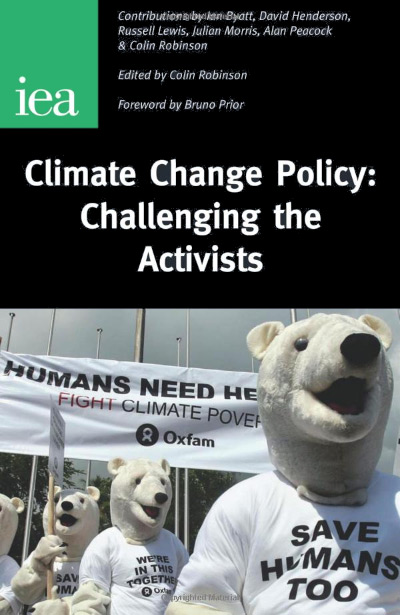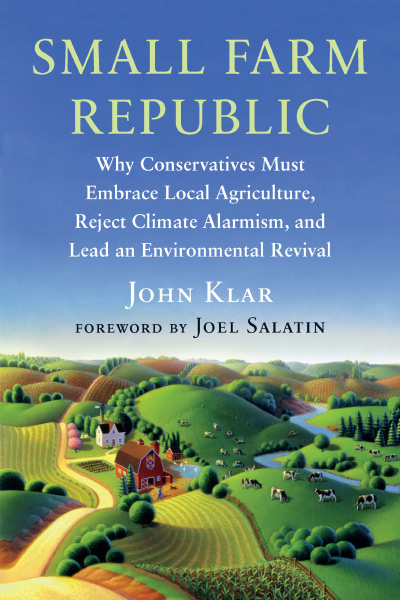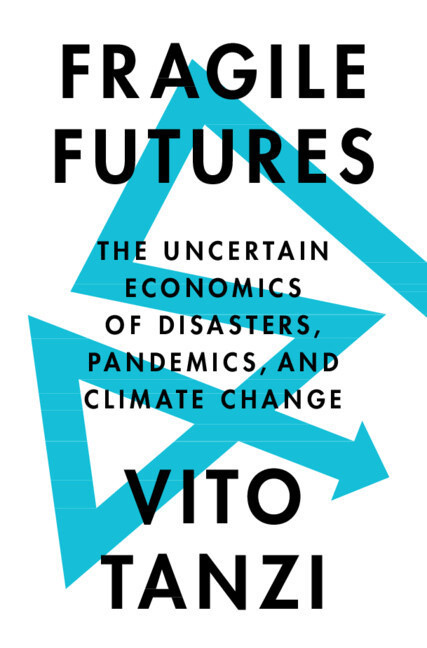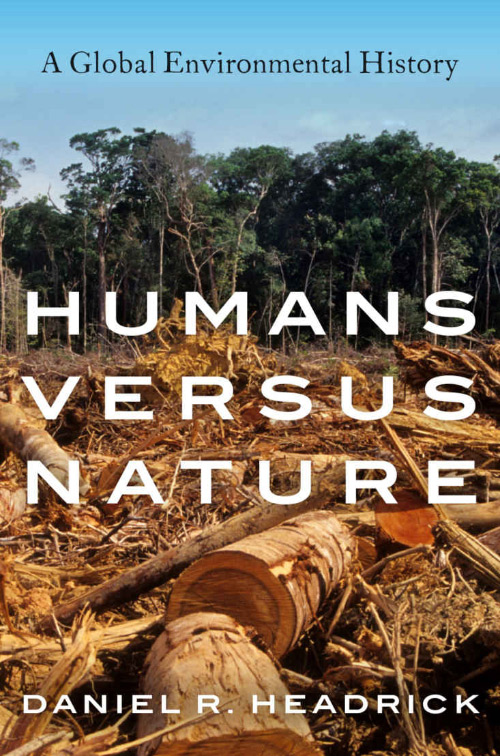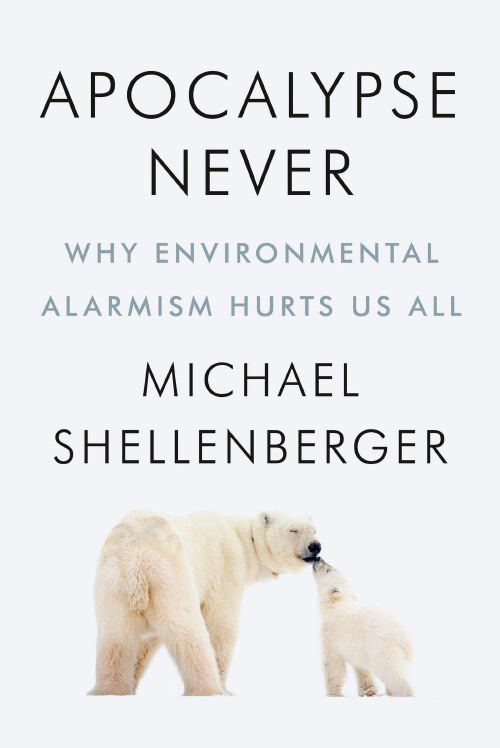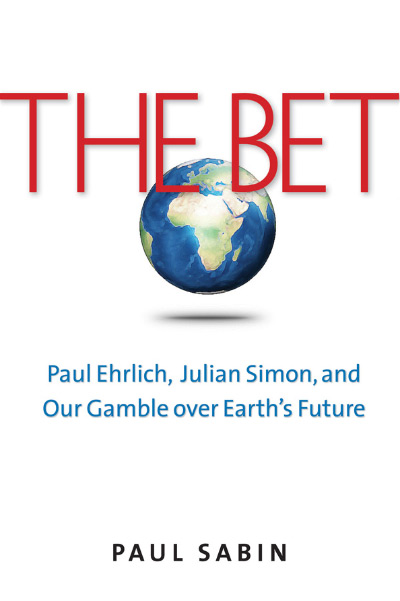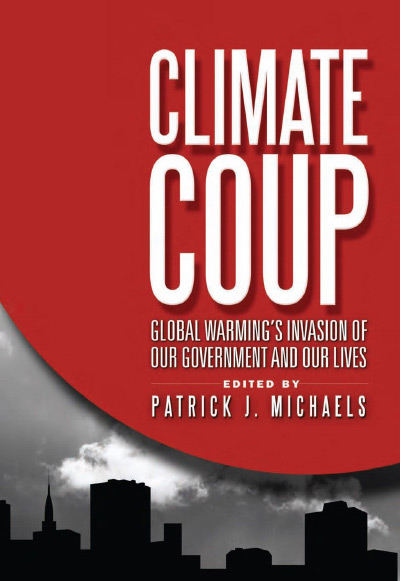Climate Change Policies consists of six essays by different authors, plus an introduction by the editor, Colin Robinson. The chapters do not provide much in the way of new information or insights, but nonetheless they are worth reading, particularly for those who may not have given these issues much thought. Because the book is short and for the most part well written and nontechnical, some useful information can be gleaned without a significant investment.
Some of the best ammunition for “challenging the activists” appears in chapter 2, “Global Alarmism,” by Russell Lewis, and in chapter 4, “Governments and Climate Change Issues,” by David Henderson. Lewis examines some of the more infamous ecoalarmist predictions of the past fifty years. All these predictions of environmental disaster have turned out to be wrong. For example, in 1968 Paul Erlich, probably the most famous environmental doomsayer of the twentieth century, predicted that population growth would plunge the world into famine and starvation by the 1970s and 1980s, with tens of millions of deaths. According to Lewis, Ehrlich’s proposed policy response to this prospect included “taxes on children and giving responsibility prizes to each couple for every five years of childless marriage.” He also advocated stopping “all food aid to any country experiencing chronic food shortages” (p. 28). Fortunately, these policies were not implemented. In fact, as Lewis notes, food has become more plentiful even as global population has increased over the past half century, and food prices have continuously declined.
Lewis reviews similar claims by ecoalarmists with regard to oil and other resource depletion; threats from DDT usage, which led to a global ban on DDT and the subsequent deaths of millions of people from malaria; acid rain; and global cooling (the climate-change fad of the 1970s). He notes that the individuals making these predictions view humans as mindless robots with no ability to innovate and adapt. As he points out, “[T]echnological advance really does make all the difference” (pp. 27–28). He unfortunately does not emphasize that without market prices driving incentives and conveying information about scarcities and preferences, little technological change will occur. People have the ability to innovate and to adapt, but the incentive to do so in a socially beneficial way comes from a market process based on private property and free exchange.
David Henderson’s essay, despite sending some mixed messages, provides excellent background on the role and make-up of the United Nations Intergovernmental Panel on Climate Change (IPCC). Henderson makes clear that the IPCC reports are in reality political documents, not scientific research reports. He also discusses the IPCC’s relationship to the “international consensus,” noting: “With few exceptions governments are firmly committed to the view that anthropogenic global warming constitutes a serious problem which requires official action at both national and international level [sic]” (p. 70).
Henderson then claims that the bases for this consensus are the IPCC assessment reports, but his analysis is unclear and possibly contradictory. He initially claims that the main “influence” on governments in formulating their positions has been “the scientific advice” provided by the IPCC (pp. 72–73), yet later in the chapter he suggests that the influence runs in the opposite direction—that is, the participating governments’ views determine the results of the IPCC reports. He points out that nearly all of the IPCC members are appointed by their respective governments and are committed to their governments’ objective of curbing greenhouse-gas emissions. According to Henderson, the IPCC officials are “bound by what their governments have decided.” He then concludes that “this is the context in which the three IPCC. . . assessment reports have been put together . . . and reviewed by member governments” (p. 80). This issue invites public-choice analysts to examine winners, losers, and interest-group influences on the process. My guess is that, in reality, such politicking lies at the root of the consensus. Unfortunately, neither Henderson nor any of the other authors go down this road.
The book has two chapters that criticize what has become the activists’ “go to” study on the economics of climate change, The Stern Review, named after its lead author, Nicholas Stern (The Stern Review: The Economics of Climate Change [London: Her Majesty’s Treasury, 2006]). I find both of these chapters somewhat unsatisfying, not because of the arguments their authors make, but because of the arguments they do not make.
Colin Robinson discusses the report in “Climate Change, Centralized Action, and Markets.” In the portion of his essay that deals with The Stern Review, he correctly invokes F. A. Hayek’s notion of a “pretense of knowledge”—from Hayek’s 1974 Nobel lecture of this title. As this idea relates to Stern, neither policymakers nor economists perusing benefit-cost analysis in attempting to determine efficient carbon dioxide taxes or regulations can have the information needed for meaningful calculations. Because they are trying to gather information that can be generated only as part of the market process, their analysis and conclusions necessarily invoke “a pretense of knowledge.” The implications of Hayek’s arguments, however, go much farther than Robinson recognizes. He suggests that The Stern Review is problematical primarily because of the extended time frame of its analysis. Stern considers the costs and benefits of reducing carbon dioxide emissions one hundred to two hundred years hence. Invoking Hayek, Robinson notes that “the information required for centralized action to work—which is information about the future—cannot readily be gathered” (p. 45). He goes on to observe that “given our very limited ability to foresee changes in climate, technology, the economy and society, long term views are more misleading than helpful. . . . Human myopia cannot be overcome simply by well-meaning attempts to build models that purport to peer decades and centuries ahead” (pp. 53–54). By focusing strictly on the “time horizon” problem, Robinson misses the more penetrating implications of Hayek’s work, which explain not only why the necessary information is difficult to obtain because of distant time horizons, but why all such benefit-cost analysis requires information that is impossible to obtain, regardless of the time frame. This impossible-to-get information includes information about relative preference scales needed to make interpersonal value comparisons even at a point in time, general equilibrium prices of all resources and of consumer goods for all present and future points in time, as well as all existing and future technologies and the relative costs of using them.
Robinson understands at least that a knowledge problem exists. Unfortunately, Ian Byatt’s chapter, “Weighing the Present Against the Future,” is devoted to discussing the most familiar criticism of the report, which is that Stern chooses a discount rate close to zero, thereby effectively equating the values of both present and future costs and benefits. But Byatt misses the real problem, as suggested in Robinson’s chapter, which is not the discount rate, but the costs and benefits to be discounted, all of which are based on a pretense of knowledge. All in all, the absence of a full-blown application of Hayekian analyses to environmental benefit-cost analysis represents a gaping hole in this volume.
The two remaining chapters are “Climate Change, Religion, and Human Freedom” by Alan Peacock and “Which Policy to Address Climate Change?” by Julian Morris. Peacock sees climate-change activism as analogous to a religious movement. He points out that it holds views about human nature, defines both virtuous and sinful behavior, identifies apocalyptic end-times, and condemns heresy. He argues that the climate-change movement has all the main characteristics of religion rather than of science. His analysis is enlightening and demonstrates that challenging the activists’ beliefs amounts to challenging their faith, not their science or economics.
Morris’s chapter focuses on alternative policies. After reviewing several different approaches, Morris argues that, given uncertainties regarding the science, discussed at the opening of the chapter, the best approach is to support economic growth and wealth creation. This approach is typically referred to as “adaptation.” The idea is that the wealthier people are, the more easily they will be able to adapt to future climate conditions. This approach is clearly the only one that makes any sense. Unfortunately, Morris suggests that an acceptable alternative would be Ross McKitrick’s carbon dioxide tax, which would be set according to certain key changes in temperature that would signal anthropogenic causes. The possibility that the despots in charge of formulating and implementing this tax might not be completely benevolent does not enter into Morris’s discussion. In other words, he ignores public-choice concerns.
Which brings me to a concluding observation. At key junctures in the book, where the inclusion of public-choice or Austrian analysis would have been altogether apt, the opportunity is not seized. This lapse is somewhat surprising given that no two names, except possibly “Margaret Thatcher,” are more closely associated with the Institute of Economic Analysis than “F. A. Hayek” and “James Buchanan.” Had the volume’s arguments been extended in these directions, its overall contribution would have been enhanced significantly.
| Other Independent Review articles by Roy E. Cordato | |
| Spring 2012 | Climate Coup: Global Warming’s Invasion of Our Government and Our Lives |
| Winter 2000/01 | The Political Economy of Environmental Policy: A Public Choice Approach to Market Instruments |
| Winter 1996/97 | Market-Based Environmentalism and the Free Market: They’re Not the Same |


